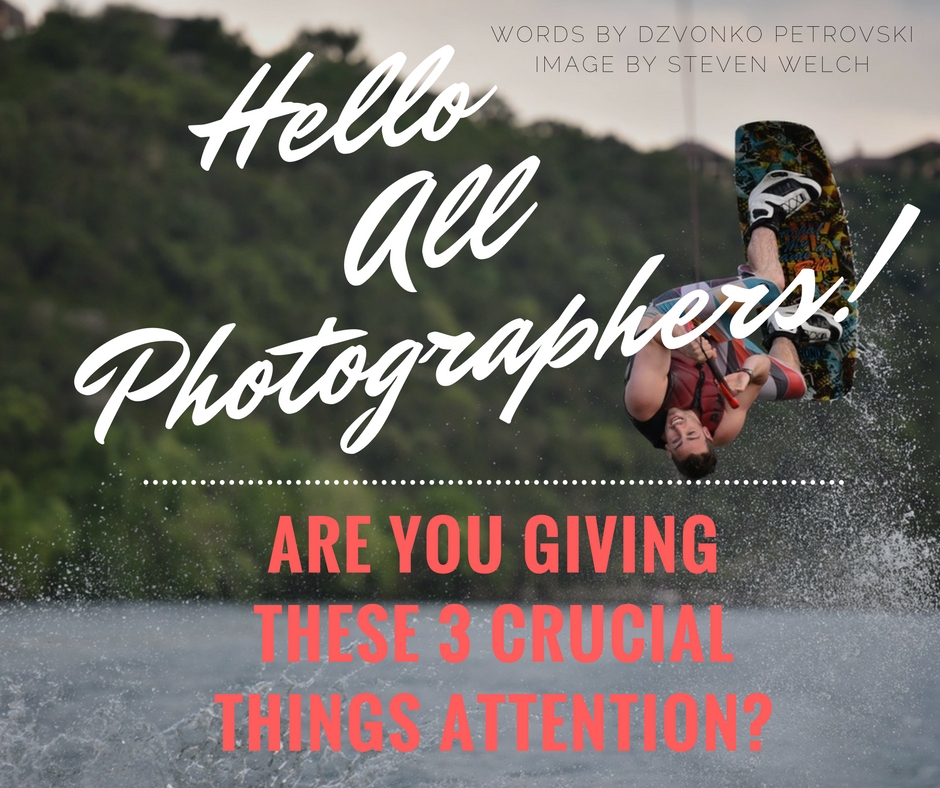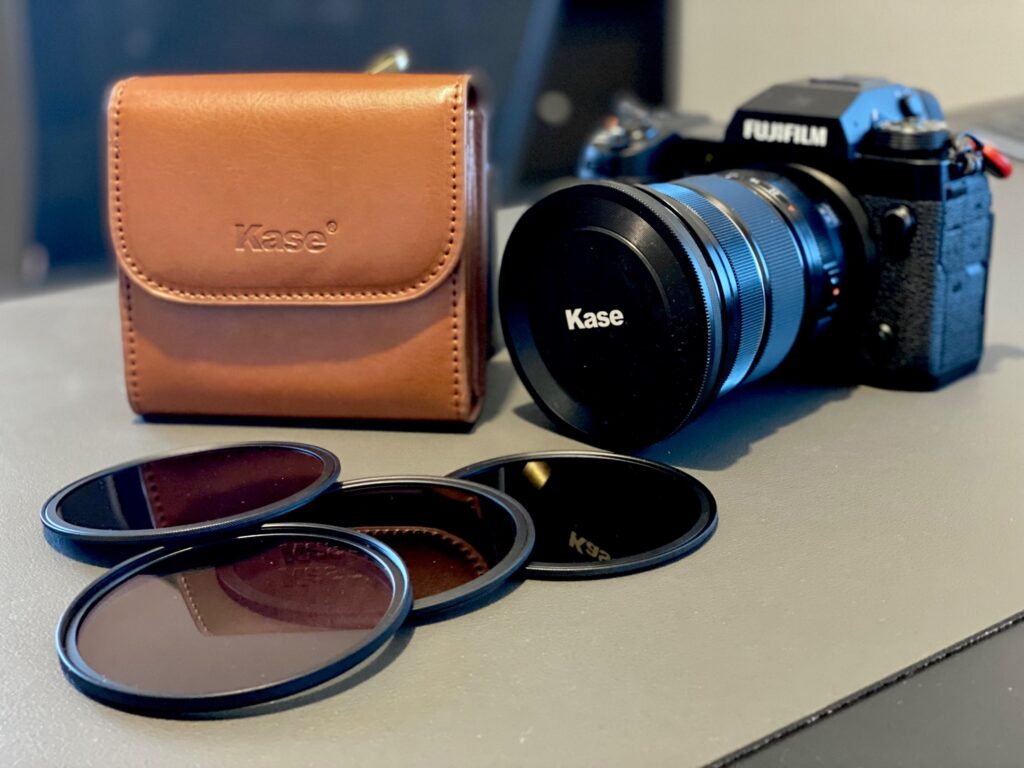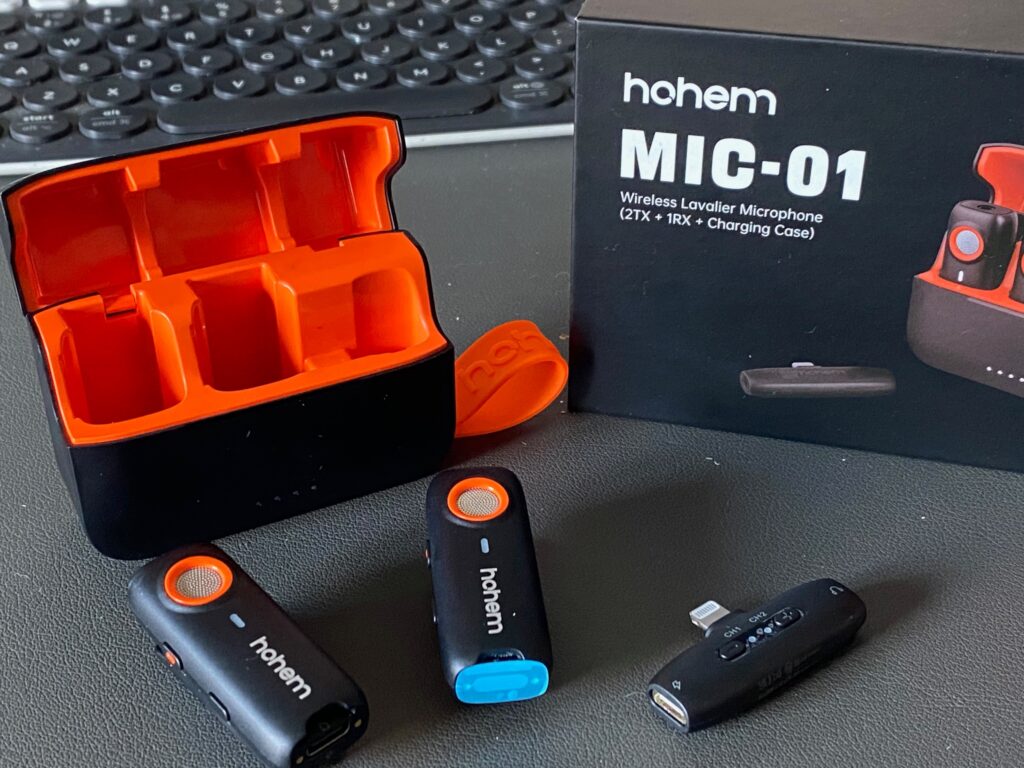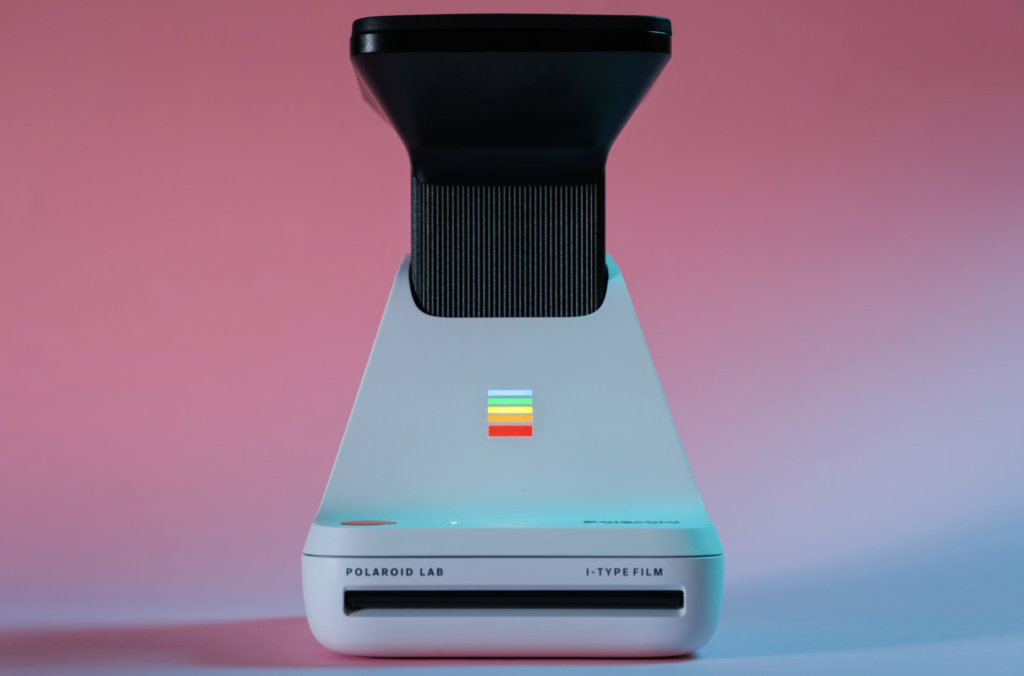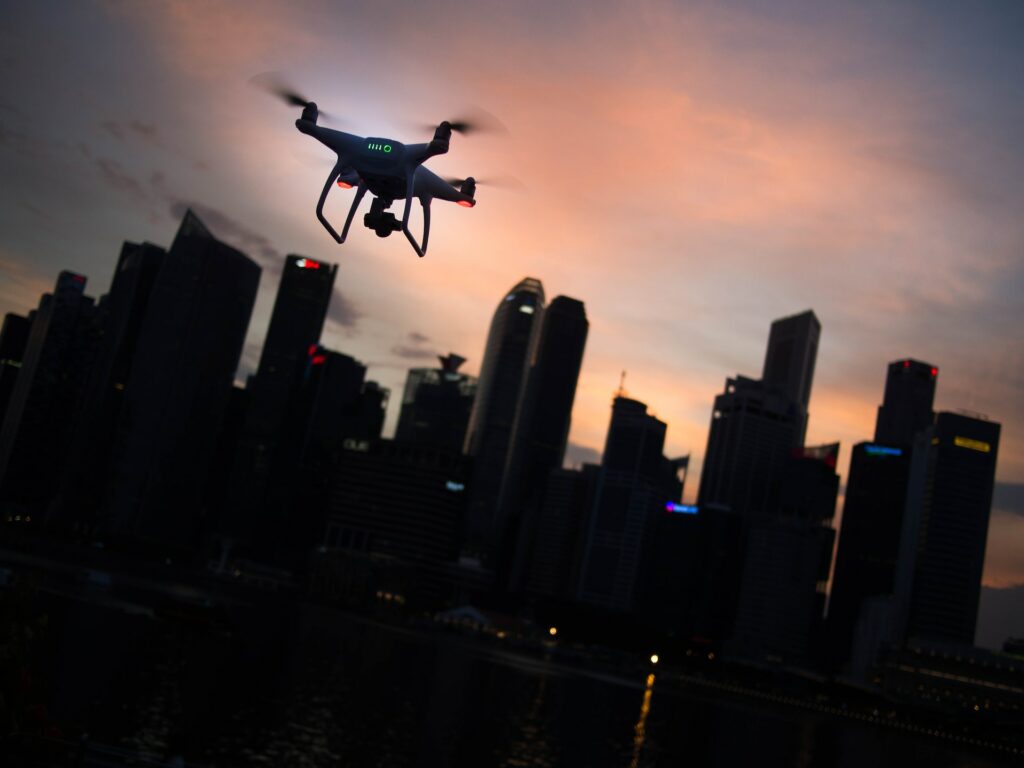This Is About Learning How To Understand Your DSLR Camera…And Your Gear
Welcome, glad you could stop by!
I hope we have your attention because we've got some important stuff to share with you today.
Some time ago I wrote a short tutorial about becoming familiar with your camera. If you wish, you can read it here (please do, it's great).
So, with regards to my article, I want to expand the knowledge base, and add another point of view. If you pulled something off the previous article, by now you should be already practicing or you are quite familiar with the basic operational controls of your camera?
However, that's just the beginning….
If you want to make your camera an extension of yourself, you need to know exactly how it performs. Same as if your camera was your arm, you know exactly how much strength your arm possesses, you know how much you can lift with it, how precise you can be with it.
Further with this analogy, you can control every aspect of your arm without even thinking about it. Right now, you're scrolling through this article and you don’t think about it.
The same should apply when operating your camera and the gear. FYI – From now on when I refer to the “camera” I’m referring to everything attached to the camera body as well. Here are included also lenses, flashes, tripods, etc.
 [Photo by 55Laney69
[Photo by 55Laney69
Let's Look At How To Understand Your DSLR Camera And Gear
1. Knowing the limits.
Knowing how hard you can push your camera can open new possibilities and avoid painful inconveniences.
For example, if you are aware that your camera produces useless pictures at ISO 6400, then you will do anything in your power to avoid using ISO speeds that high. You’ll probably switch to a faster lens, maybe even use/search for available light (incl. artificial).
However, if you aware that certain aspects of your setup aren't the right fit for the job, you will try to replace it or approach the job differently, thus avoiding the embarrassment to yourself and (potentially) losing a client.
Bottom line: Knowing how hard you can push your gear is essential
This couldn't be more true when it comes down to noise and shadow recovery. If you are able to judge how much you can recover and how much noise certain image will have even before it is taken, you will produce more quality images in general.
Put another way – when you have a baseline knowledge when you can judge the light and scene, you'll invariably create more pictures that are usable!
 Photo by left-hand
Photo by left-hand
Further Learning
Understanding Light is how you can produce GREAT images rather than NICE images, right?!
This guide by Kent DuFault will demonstrate to you how to “Truly Master Light And Produce Amazing, Inspiring Images of Your Own!”
2. Knowing the sweet spot.
Every machine, in fact, every organism has a sweet spot. Did you know that?
That’s the optimal setup in which the operation is the smoothest and most efficient.
- For camera bodies, it is generally ISO100,
- For lenses apertures between f/5.6 to f/9 (with the Sigma 18-35mm f/1.8 being the exception as it is sharpest at f/2) and so on.
In case you don’t know the sweet spot on your gear, you can find it by a simple internet research. However, I would advise against it.
The reason being, when you figure out the sweet and most efficient spots on your gear for yourself, you gain experience and you figure out the operation procedures.
Perhaps look for a guideline, but don't take what people/websites/forums say as gospel, because your camera, lens and gear is unique only to you.
It is important to know where the sweet spot is, but it is more important to know why is it there.
- Why any given lens is sharpest at f/7.1 and not at f/22?
- Why some cameras don’t produce cleaner images on ISO below 100?
When you begin to understand the physics behind the gear, you’ll be able to improvise and adapt more easily and more efficiently. It makes you more aware of what is going on with that piece of plastic, glass and magnesium that you hold in your hands.

Photo by efanphotography v2
3. Knowing the speed
Finally my last of the three crucial things! You need to be mechanically aware about how fast your camera is. I mean how fast in terms of how long does it need to “wake up” and be ready to shoot.
Or how much shutter lag it has, how fast and accurately it focuses.
Does it track well?
When does it have issues focusing and/or tracking?
All of these aspects should become mechanical to you – the extension of your hands (remember my reference to it being an extension of yourself).
You need to know it without thinking. You need to know which points are usable in focusing and which are not, and in which scenarios will they work/fail. By following these three points, you'll be able to understand your DSLR camera or in fact, any camera & gear!
Summary
All this might seem a little like I’m telling you to hug your camera for 24 hours a day to feel more “attached”, but the fact is every pro photographer functions like this – they understand how everything works like you would operating a car.
Some of this might seem odd to you, but chances are you are probably more attached to your gear in this manner but than your realized. I’m sure that you can answer your smartphone before even looking at the screen.
You probably can navigate through it even though it would lag behind your actions. The same should apply with your camera. You need to be primed and ready when you have the camera in your hands, and the camera should be too.
Understand Your DSLR Camera And Gear – Top Takeaways!
- Ok, so number one. We're explaining here how important it is to ensure the use of your camera becomes second nature, like a bodily extension. That way, you'll be so comfortable, you can quickly adapt to different scenarios/shots/scenes – this is especially true when it comes to working in Event Photography for example.
- Judge the light, judge the scene – what can you push your camera's limits to?
- FInd out your camera's sweet spot, then figure out the real sweet spot for yourself
Further Resources
- These Are the Advantages and Disadvantages Of Shooting Raw by Dzvonko Petrovski
- 10 Minutes To Understand YOUR Camera Modes by Jason Row
- Understanding Lens Focal Length: A Beginners Guide by Jason Row
- This is What You Need to Know About Camera Aperture by Jason D. Little
Further Learning
Understanding Light is how you can produce GREAT images rather than NICE images, right?!
This guide by Kent DuFault will demonstrate to you how to “Truly Master Light And Produce Amazing, Inspiring Images of Your Own!”
